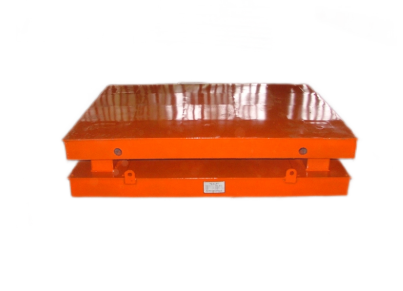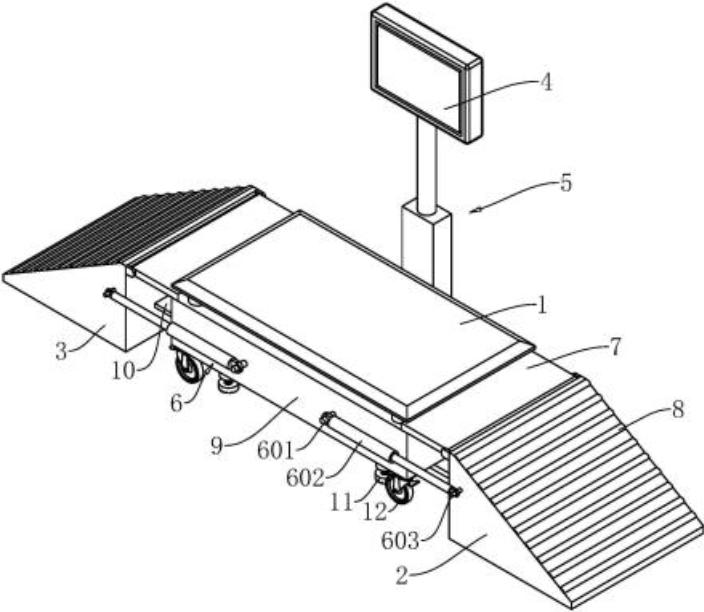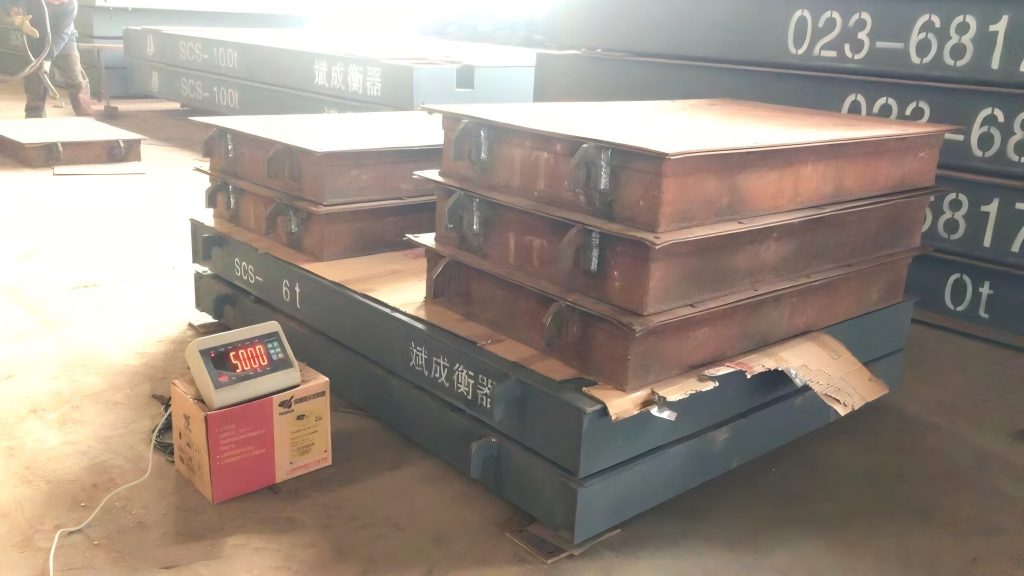Industrial Platform Scale: Selection and Use Guide
Industrial platform scales are essential for accurate and efficient operations. These sturdy platforms handle everything from warehouse inventory to manufacturing measurements. This guide helps you select the perfect scale for your needs, explaining different types and their uses. By the end, you’ll be equipped to optimize your industrial processes.
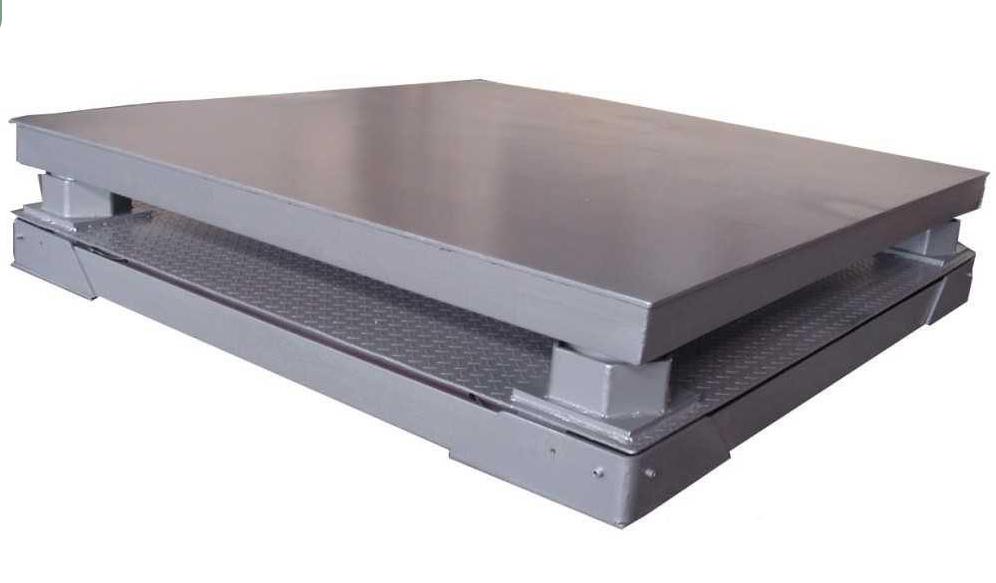
Common Types of Industrial Platform Scales
Different platform scales are intended for specific applications and weight capacities. BINCEN offers a variety of platform scales, including some popular choices.
| Industrial Platform Scales | These are general-purpose scales that can be used for a variety of weighing applications across industries. They come in various capacities and sizes to meet the unique requirements of each application. |
| Electronic Platform Scales | These scales use electronic load cells to convert weight into an electrical signal that can then be displayed digitally. They are generally more accurate and dependable than mechanical platform scales. |
| Buffer Scale | A temporary storage platform with a built-in scale, commonly used in conveyor systems to control product flow. Buffer scales help to ensure a smooth flow of materials by accumulating items until the downstream equipment is ready to receive them. They can also help you gain weight. |
| Double Deck Scale | A two-tiered platform scale that allows you to weigh two items at once or a single tall item. Double deck scales are ideal for weighing multiple items or large objects that would not fit on a single platform. |
| Portable Weighing Bar | This lightweight and portable scale is ideal for temporary weighing or uneven surfaces. Portable weighing bars are commonly used in warehouses, shipping yards, and other industrial settings where items need to be weighed at multiple locations. |
| Framed Platform Scale | A platform scale with a surrounding frame for extra stability and protection, ideal for industrial settings. Framed platform scales are ideal for use in harsh environments with a high risk of damage from impact or vibration. |

Choosing the Right Industrial Platform Scale
Selecting the optimal platform scale for your specific needs requires careful consideration of several key factors.
Capacity and Weight Requirements The scale’s capacity must exceed the heaviest load it will encounter. Overloading can compromise accuracy, damage the scale, and even pose safety risks. It’s essential to accurately determine the maximum weight you’ll need to measure to prevent under- or oversizing the scale.
Platform Size and Material The platform’s dimensions should accommodate your largest items comfortably. A cramped fit can lead to inaccurate readings and safety hazards. The platform’s material should be robust enough to support the intended load. Consider factors like durability, corrosion resistance, and ease of cleaning when choosing the platform material.
Functionality Essential features include a clear, easily readable display, and the ability to tare the scale. Additional functionalities like data output, printing capabilities, or integration with other systems can enhance efficiency and productivity. Evaluate your specific needs to determine which features are essential.
Durability and Environmental Factors The scale’s construction should align with the operating environment. Factors such as moisture, temperature extremes, dust, and chemical exposure can impact the scale’s performance and lifespan. Consider materials like stainless steel for harsh conditions.
Accuracy and Precision The scale’s accuracy level should match the precision required for your applications. Higher accuracy often comes with a higher price tag, so it’s essential to balance accuracy needs with budget constraints.
Legal and Regulatory Compliance If your industry is subject to specific regulations, ensure the scale meets the required standards. This might involve calibration, verification, or certification processes.
Budget Platform scales come in a wide range of prices. Consider your budget while prioritizing essential features and quality.
By carefully evaluating these factors, you can select a platform scale that meets your specific needs, improves efficiency, and delivers accurate results.
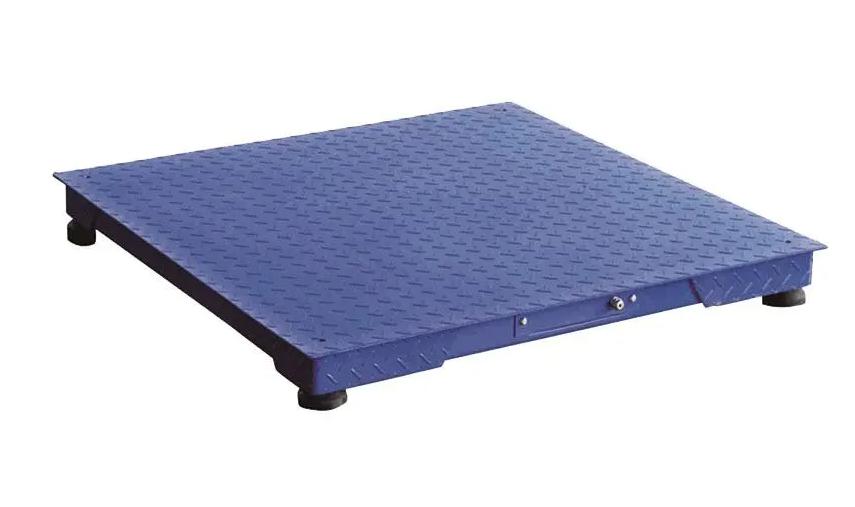
Using Your Industrial Platform Scale Effectively
Optimum usage of your platform scale goes beyond simply placing items on the platform and reading the weight. Here’s a detailed breakdown of how to effectively utilize each part of your platform scale:
Platform
To ensure accurate weight readings, place the platform on a level and stable surface. Uneven floors can cause the scale to tilt, which affects readings. Use shims or levelers as needed. To ensure accurate measurement, center the load evenly on the platform. Do not overload the scale beyond its capacity. Refer to the manufacturer’s instructions for proper loading procedures, particularly for large items. Clean the platform regularly to maintain accuracy and prevent damage to the weighing surface.
Load Cells
Load cells are the core component that converts weight into an electrical signal. Do not exceed the scale’s capacity, as this may overload and damage the load cells. Protect the load cells from high impact or shock loads, which can harm their delicate internal components. Place heavy objects on the platform with caution.
Indicator
Familiarize yourself with the indicator’s display and features. This includes buttons for tare (zeroing the container’s weight), calibration adjustments (if applicable), and unit conversion (for example, kilograms to pounds). Before recording, make sure the weight reading has stabilized. The display may flicker slightly as the weight settles. If your scale has data connectivity options (such as USB or Wi-Fi), use them to connect to printers or computers for automated weight recording or integration with inventory management systems.
Additional Considerations
- Power Source: Ensure that the platform scale is properly plugged in or has enough battery power to operate. A low battery can reduce the accuracy of the readings.
- Calibration: Calibrate your scale regularly, as recommended by the manufacturer. Calibration ensures that the scale retains its accuracy over time. This process typically entails placing known test weights on the platform and adjusting the scale’s settings as needed.
- Safety Precautions: When using a platform scale, always follow the safety guidelines. Wear appropriate footwear and avoid loose clothing that may become entangled in the platform or moving parts. Never lift objects larger than your capacity or attempt to modify the scale’s structure.
Conclusion
Industrial platform scales are more than just weight-measuring tools; they can help your company improve efficiency, accuracy, and profits. You’re well on your way to incorporating this valuable equipment into your workflow now that you’ve learned about the various types of platform scales, the factors to consider when choosing the right one, and the best practices for using it effectively. Remember that the key to success is to select the platform scale that best meets your specific needs. When you do, you’ll benefit from better inventory control, streamlined production processes, and increased confidence in the accuracy of your weight measurements. So go ahead with confidence, knowing that your industrial platform scale is a dependable partner in achieving operational excellence. This will allow you to learn more about specific platform scales and find a reputable platform scale manufacturer.

